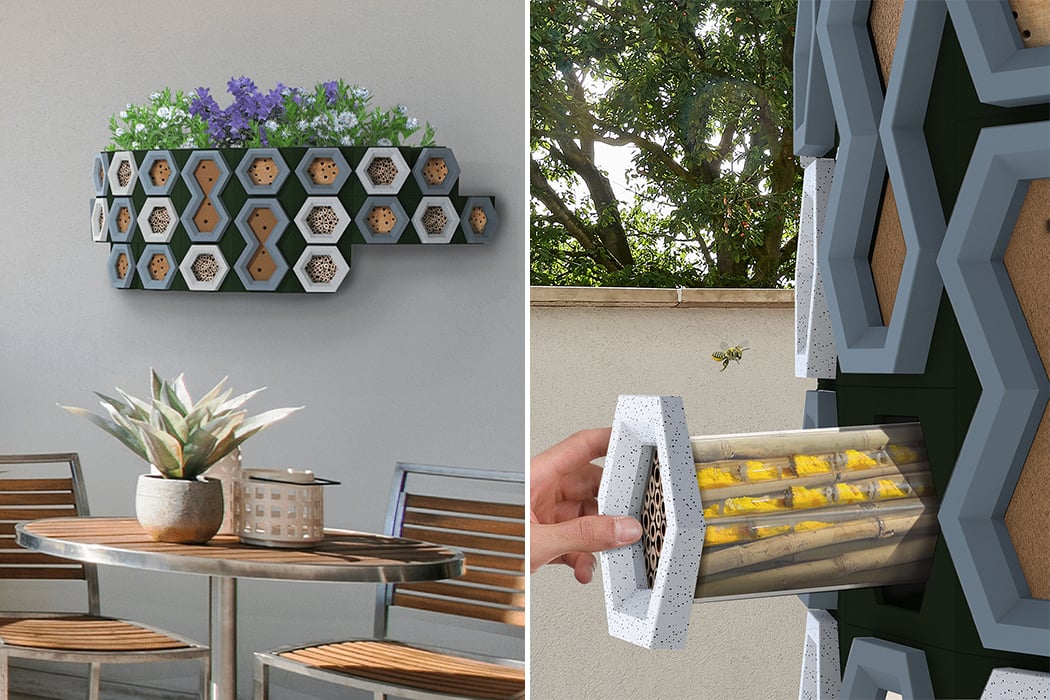
Bees are essential to keep our ecosystem running as we know it, these master pollinators play a huge role in supporting the growth of trees, flowers, and other plants that serve as food + shelter for all living beings. Bees contribute to complex, interconnected ecosystems that allow a diverse number of different species to co-exist. However, majority of the 20,000 species of bees in the world face the threat of extinction. Australian designer Amelia Henderson-Pitman wanted to create something to mitigate this problem so she looked within her own country and found that there are more than 1700 species of native bee in Australia, yet only 11 species living in hives and producing honey. Keeping this in mind, she designed Pollen – a modular system that provides a range of nesting materials to support the native bee populations.
Pollen can be installed in any location and has also been optimized for small spaces to keep it city-friendly. The idea was to have a modular system that could be integrated anywhere from inner-city gardens to exterior building structures. Pollen is basically The Good Place neighborhood for bees. Each nest module contains a variety of materials like recycled hardwood, sustainable bamboo, or handmade mud brick. They also have a series of holes that vary in diameter to provide nesting locations for bees. The shell of the modules is an injection tube crafted from recycled HDPE and has been designed to be easily assembled as well as mounted without fixtures. I love that the internal modules (molded from recycled PET) are transparent because it offers us a closer look at how the bees are adapting. The transparency of the design shows us that seeing is bee-lieving.
“Many of these native bee populations are easily supported by providing nesting material and forage, but there are currently no products that provide both of those features whilst also being suitable for urban areas. The solution arose from seeing the variety of native bees that were present in my city balcony garden, and I realized there was a market for a product that provided these features as well as an educational component,” says Amelia who also made sure to include a comprehensive booklet with easy-to-follow instructions on assembly and information about native bee identification, bee behavior and the best flowering species to plant to attract the bees. This added educational component makes the product more attractive for beginners too!
Pollen stands out from its competitors because it goes beyond the purpose of just helping bees, it includes interactive elements that make the process fun for the user without disturbing the insects through clear tubes which contribute to citizen science and aid in research. It also comes with an optional planter to expand the habitat and will be located behind the assembled modules and can also be mounted to the wall. Amelia’s design has won the 2019 Frank Fisher Prize for the Most Sustainable Design – the Swinburne University of Technology, it has been named one of the 10 Most Innovative Projects of the 2020 Virtual Design Festival School Shows and has also been nominated for the Design Institute of Australia’s 2020 Graduate of the Year along with being a notable entry for the James Dyson Award 2020.
Designer: Amelia Henderson-Pitman
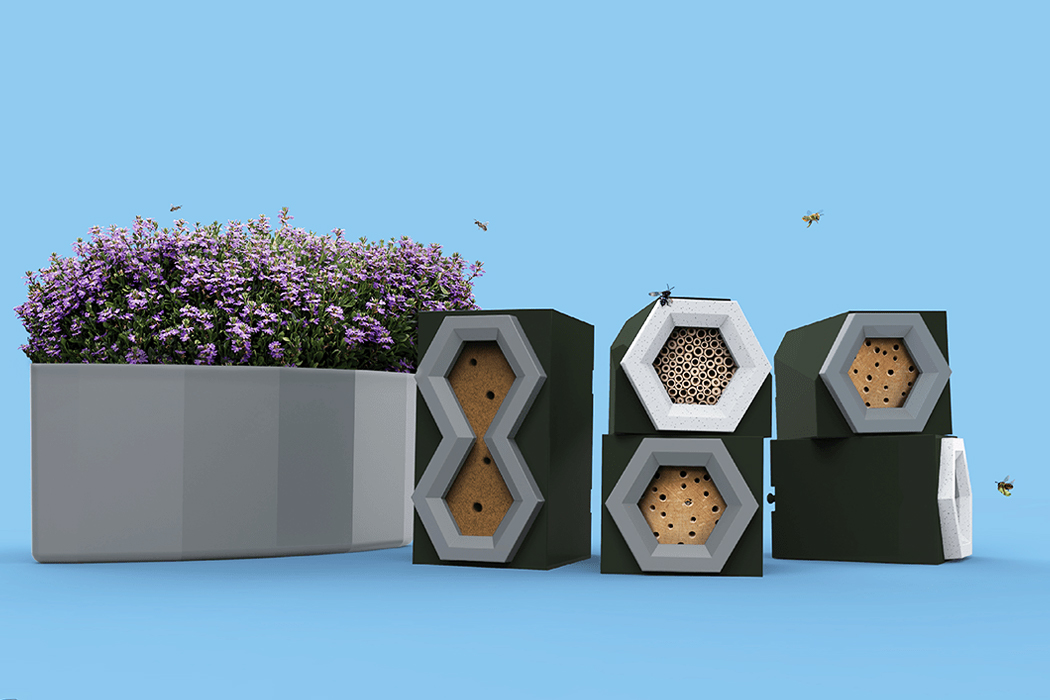
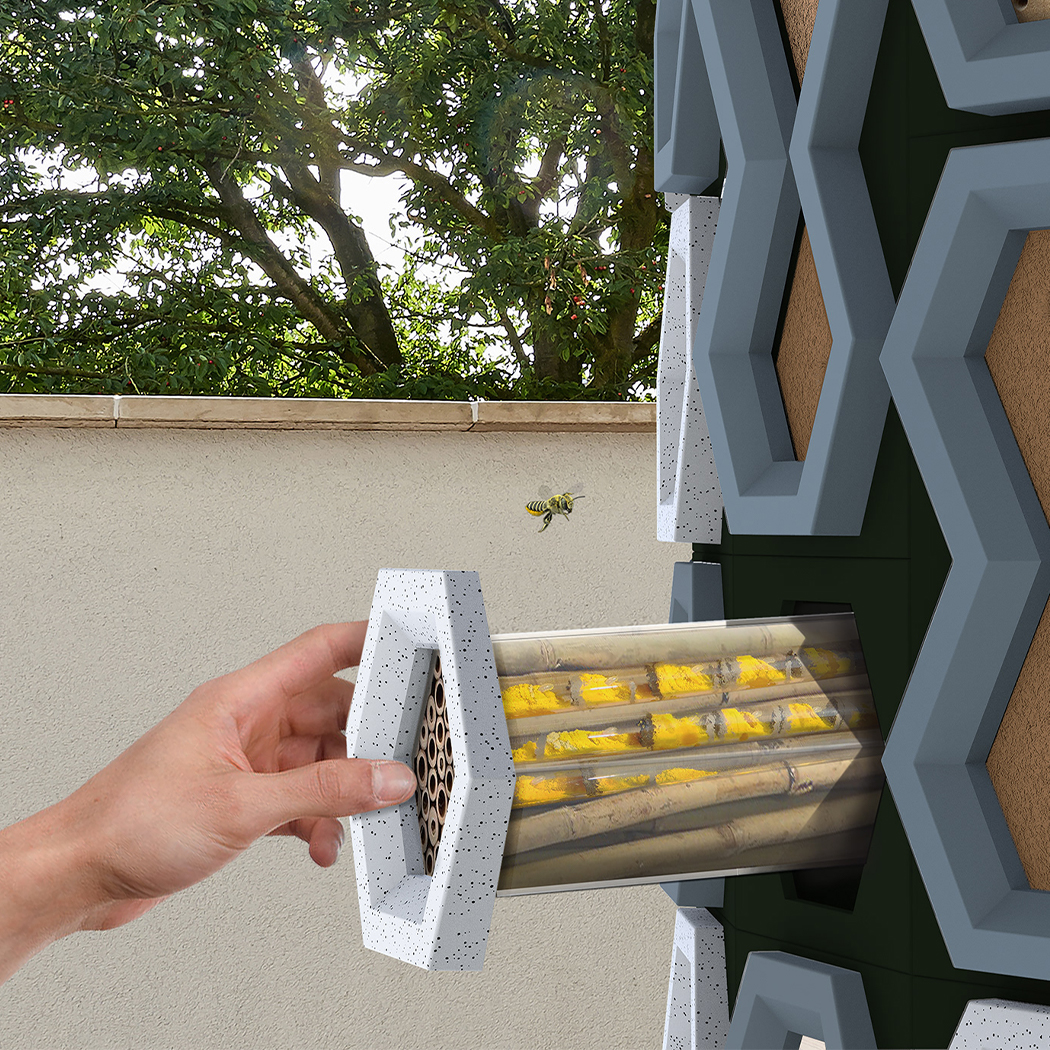
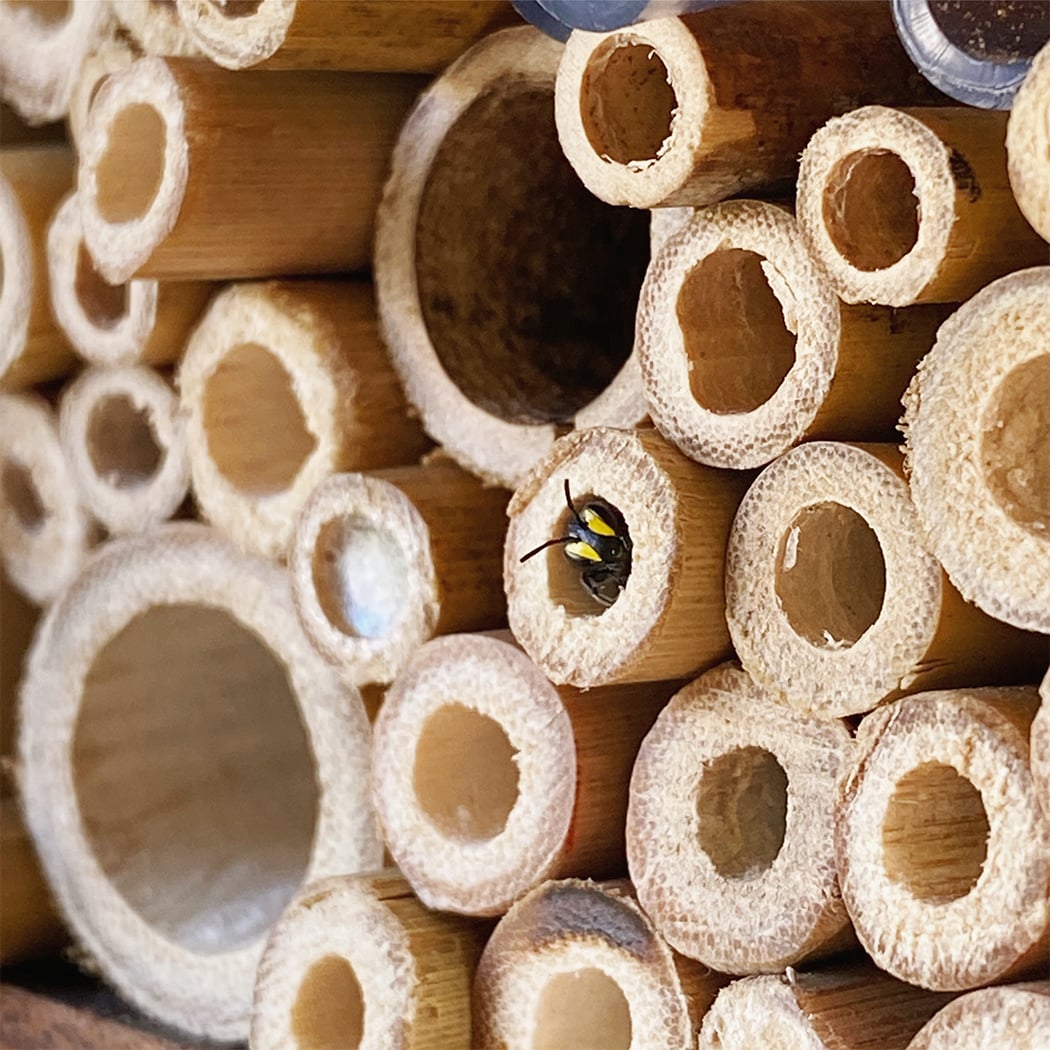

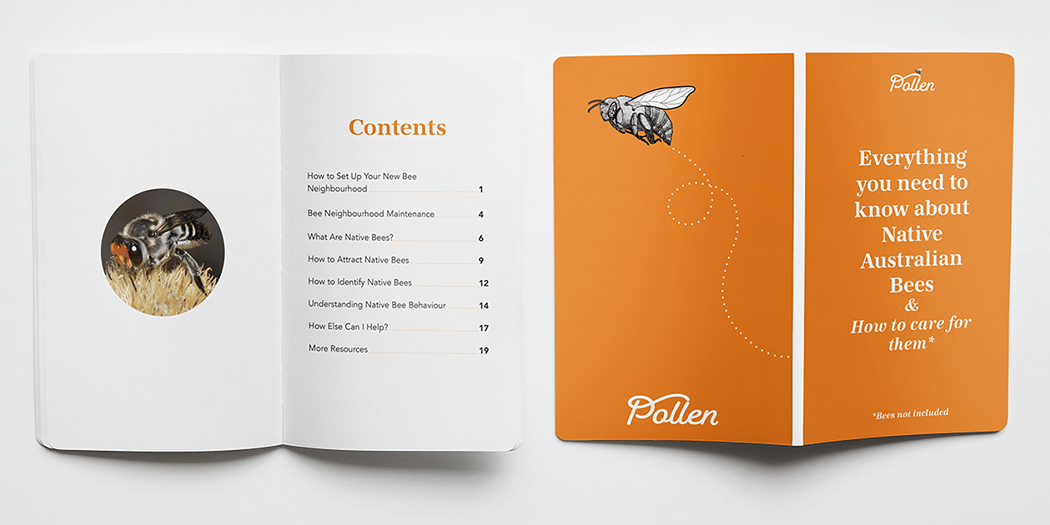
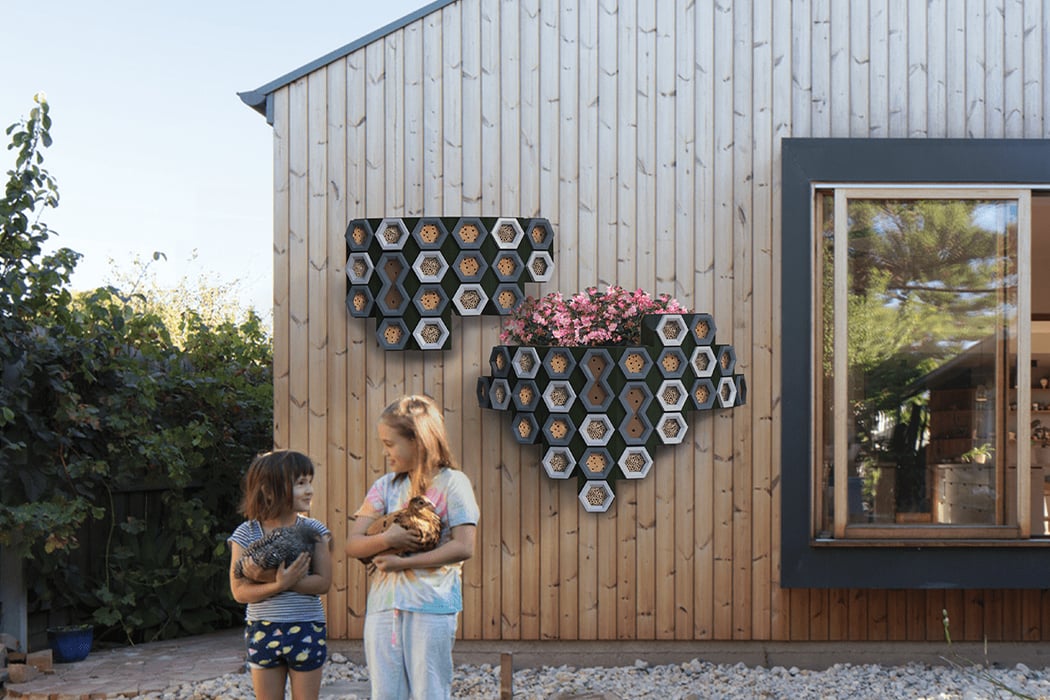
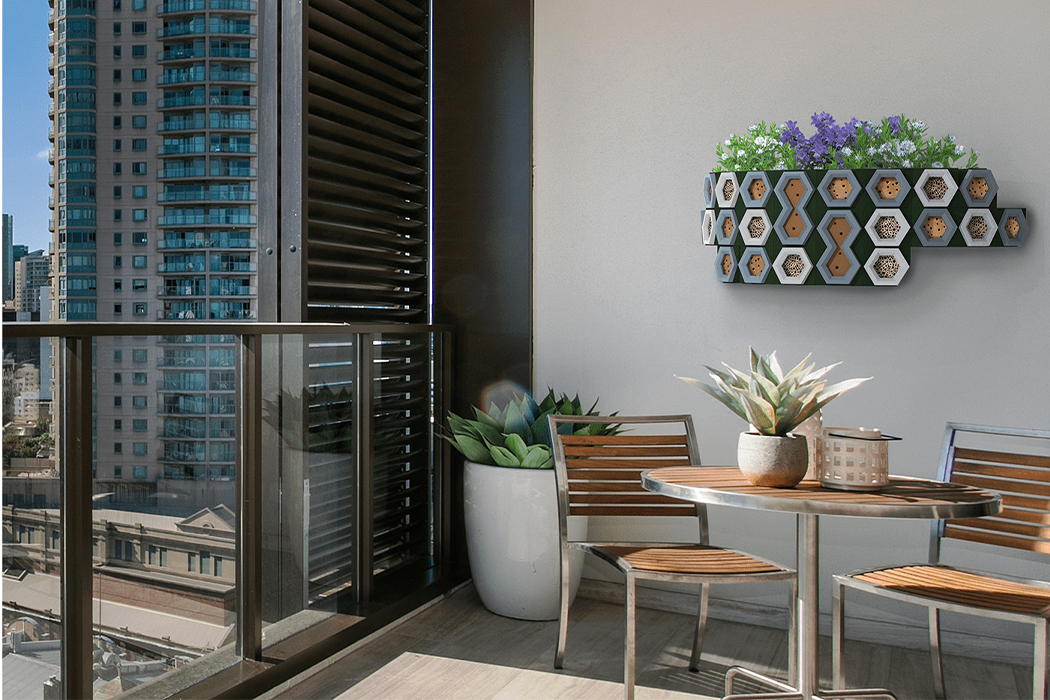
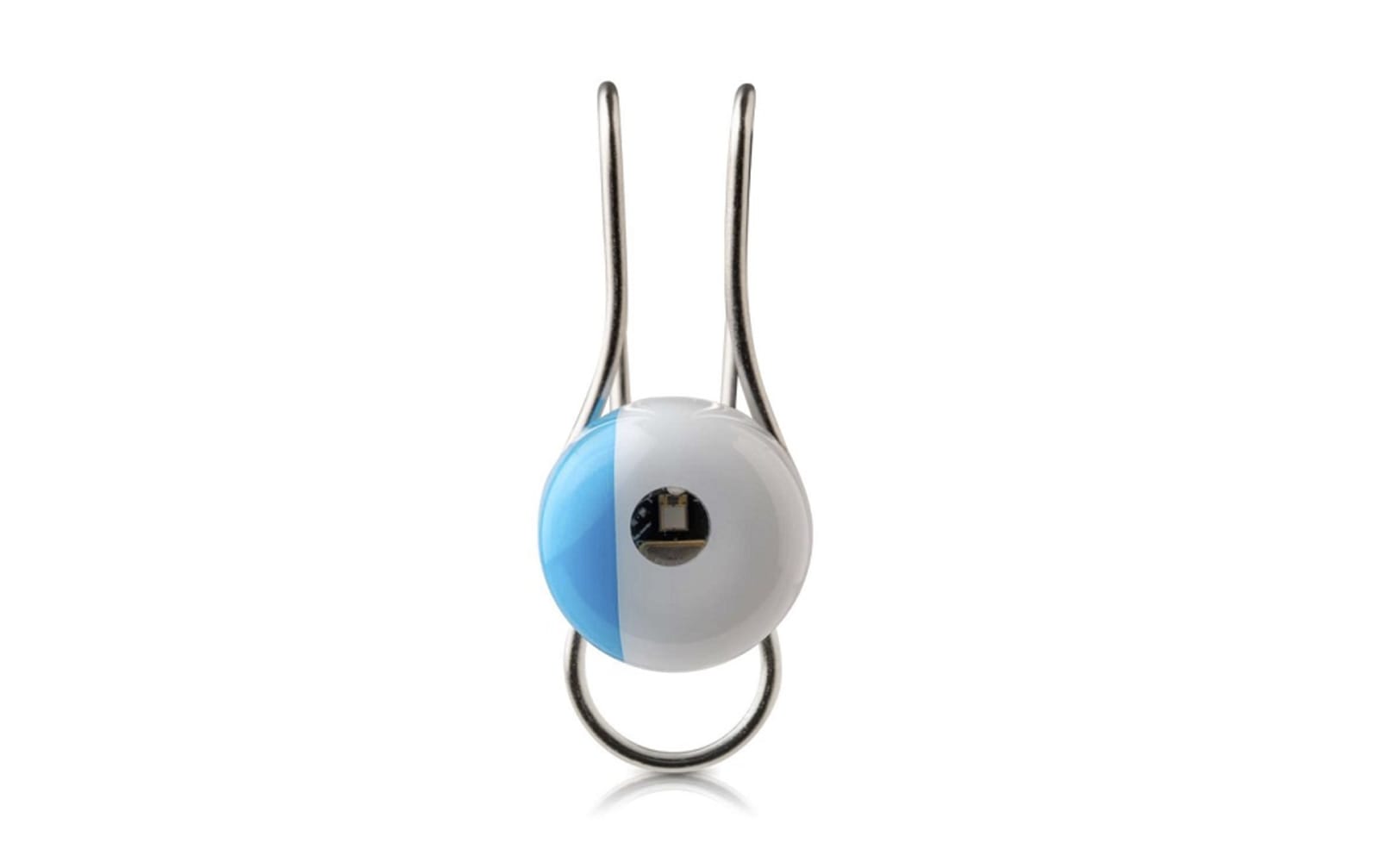 L'Oreal isn't a brand you'd usually associate with medical technology, but over the past few years it's been making major inroads in skin protection innovation. There was My UV Patch, designed to inform wearers how their skin was being affected by th...
L'Oreal isn't a brand you'd usually associate with medical technology, but over the past few years it's been making major inroads in skin protection innovation. There was My UV Patch, designed to inform wearers how their skin was being affected by th...

 One antihistamine or two? Google is making sure hay fever sufferers can answer that question in double quick time, thanks to the new addition of pollen measurements in search results. Plug an allergy- or pollen-related query into your Android smartph...
One antihistamine or two? Google is making sure hay fever sufferers can answer that question in double quick time, thanks to the new addition of pollen measurements in search results. Plug an allergy- or pollen-related query into your Android smartph...




